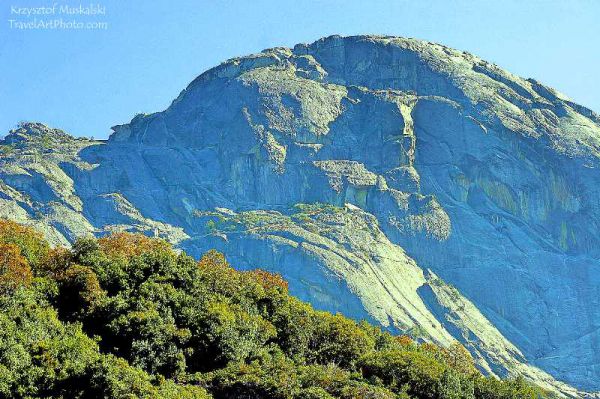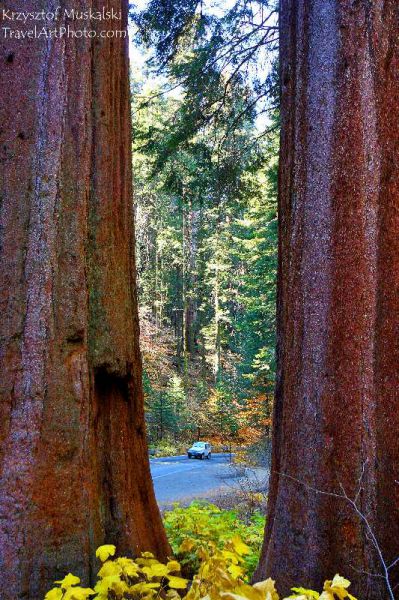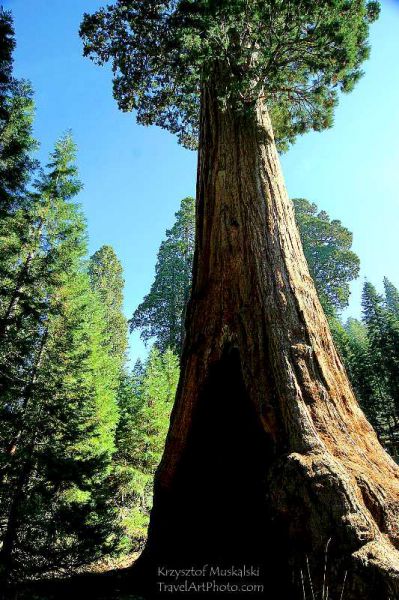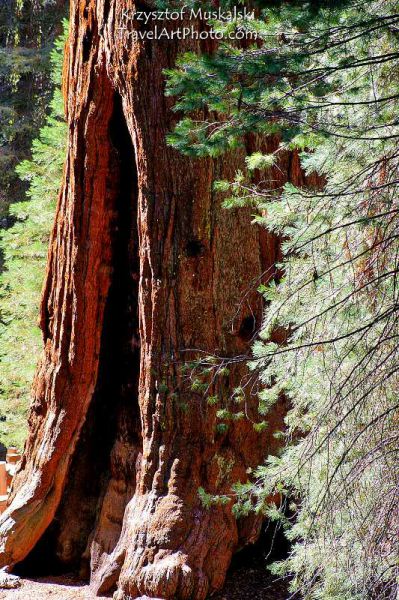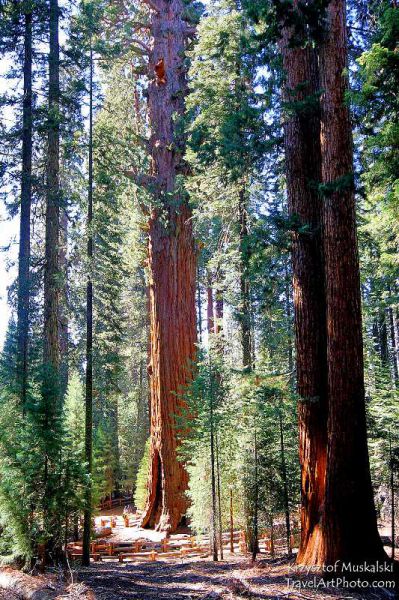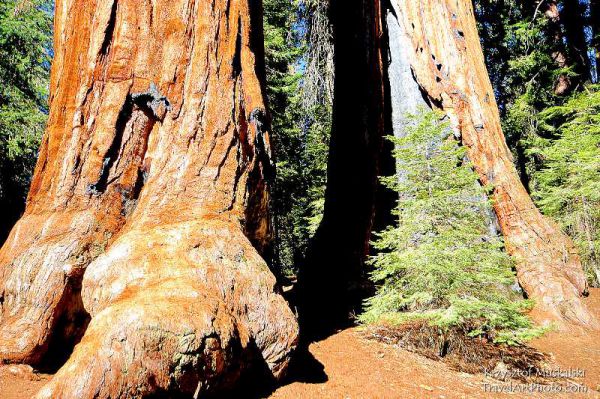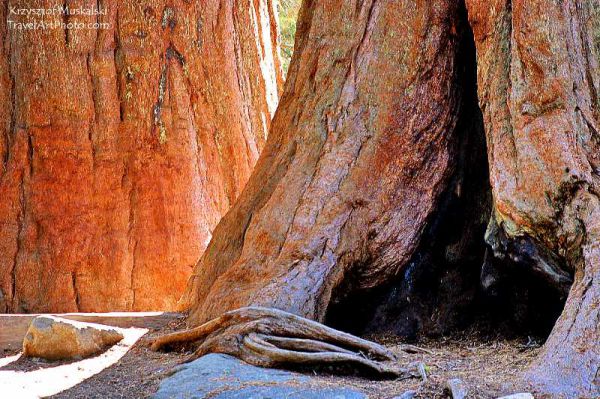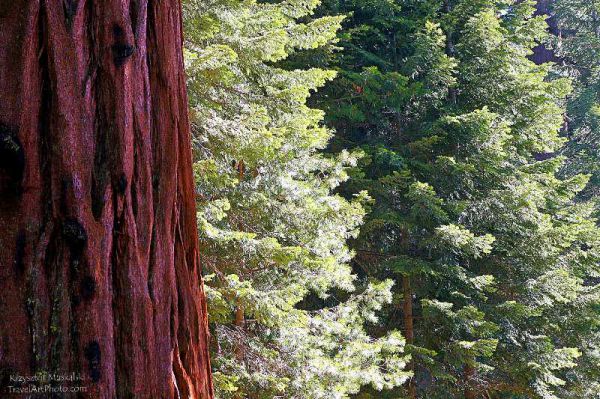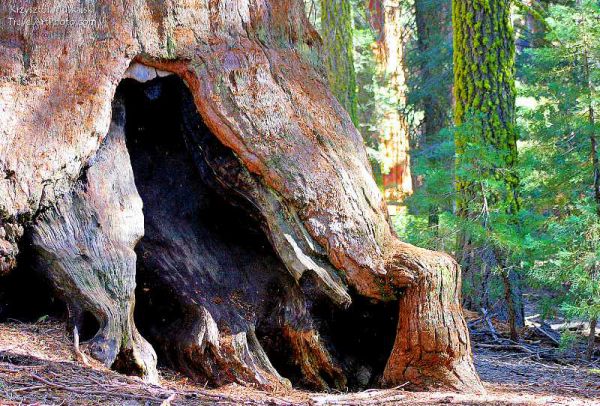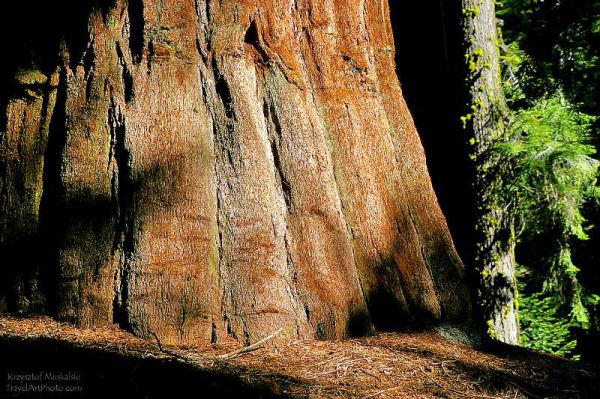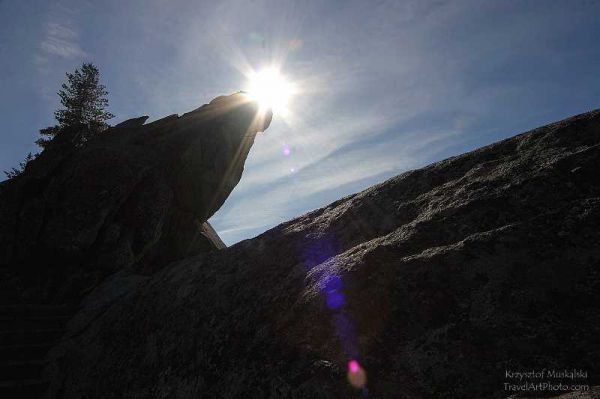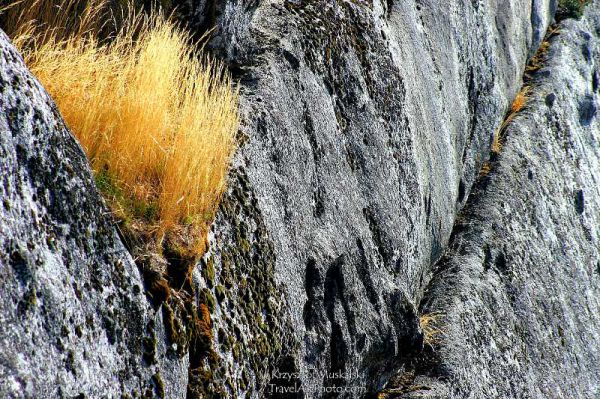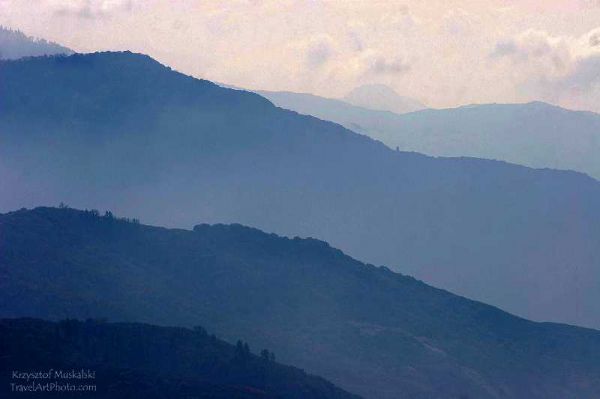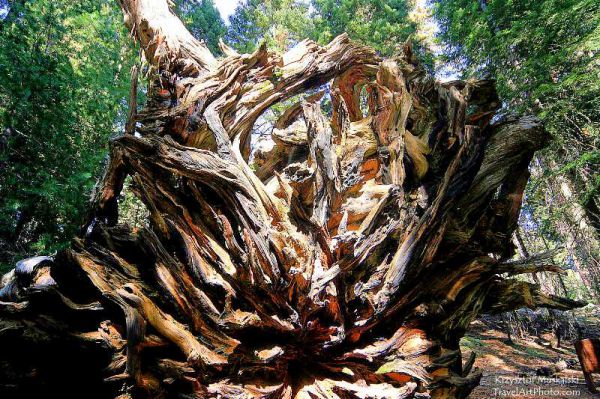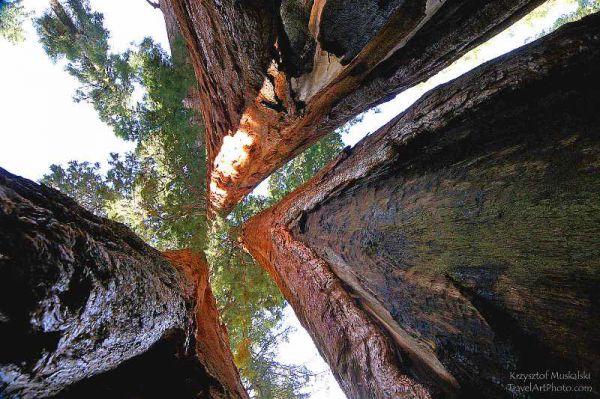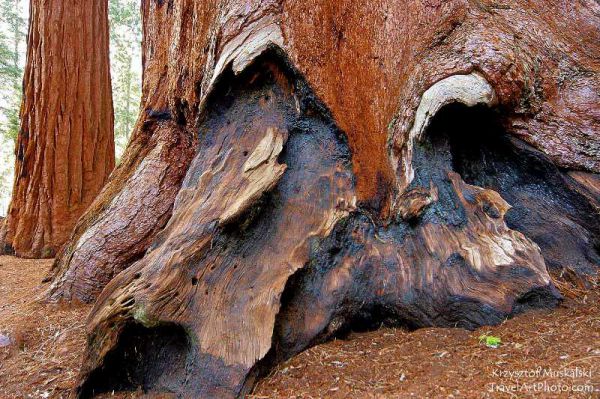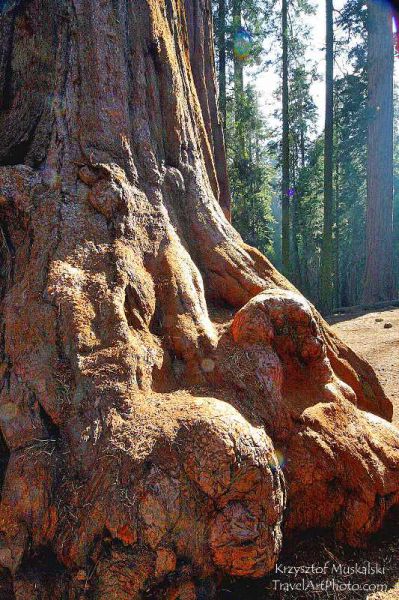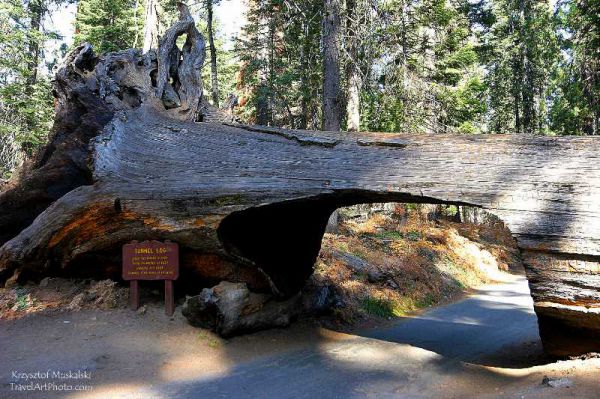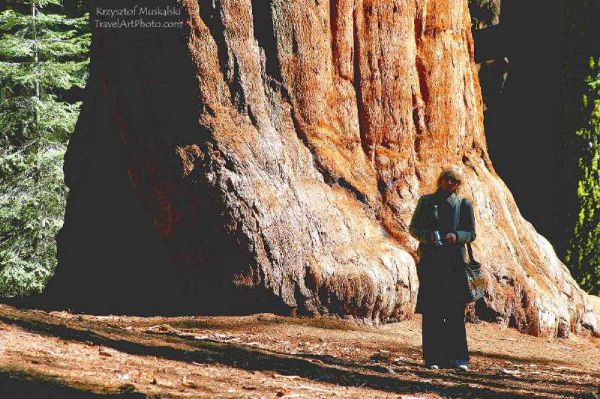July - September 2012
The aged General Sherman is around 2,500 years old. He lives in good shape in the vast forests of the Sierra Nevada, California. He is surrounded by soldiers who are loyal to him, including the aged generals Grant and Lee.
It is 1856. Settler Hale Tharp wandering in search of pastures for his cattle reaches California. Here he gains the friendship and trust of local Indians. Wanting to help Tharp, they open in front of him a path to the kingdom of redwood forests, previously unknown to 'pale faces'. Hale Tharp is so enchanted by the beauty and vastness of the trees that he settles there. And he arranges his flat in one of the hollow trunks of redwood. From then on, the road to the redwood forests was open. However, the world for a long time could not believe in the existence of such huge trees. This disbelief lasted for nearly 20 years. Only the transport of a fragment of a redwood trunk to the International Fair in Philadelphia in 1875 allowed to convince all doubters.
'From that moment complete fascination with these unusual trees began. In 1879, on the initiative of the American Civil War veteran James Wolverton, acting on behalf of his comrades-in-arms, the largest sequoia was named after Union Army hero General Tecumseh Sherman. Also, two other giant sequoias were named after General Grant and Lee.
Sequoias (sequoia dendron giganteum) - are a wonderful natural phenomenon, you can say a miracle of nature. The largest representative of this species General Sherman has been hailed as the largest living object on earth. And for good reason. It reaches a height of nearly 84 meters, the weight of its trunk is estimated at 1385 tons, the volume of the trunk at 1487 m3, the trunk circumference at the base exceeds 31 meters, and its diameter - 11 meters. The first larger branches branch only at a height of 40 meters, and the largest ones are over 2 meters in diameter. The age of the oldest redwoods reaches 3,200 years
Of course, these trees quickly aroused the interest of researchers and naturalists. John Muir was a pioneer among them. When I entered this majestic forest, the day was approaching dusk, the trees glowing with pink faces seemed to be immersed in peace and reflection, as if they were waiting in a conscious dependence on the sun, which in full gentleness and in complete horror walked freely among them - this is how Muir described his first impressions after reaching the redwood forest. He immediately drew attention to the amazing vitality and resistance of redwoods, which have contributed to such a long age of these trees. Most Sierra trees die due to diseases, fungi, etc. - John Muir wrote in his studies - but nothing can damage the Big Tree. If not for the cataclysms they would be immortal. Muir was partly right. The chemical components of wood and bark provide resistance against insects and fungi, and thick bark isolates trees from most fires. The main cause of death of redwoods is their overturning. They have a shallow rooting system without a pile root. Soil pollution, root damage and strong winds can lead to the redwoods tipping over. Redwoods have inexhaustible reproductive forces. These huge trees germinate from as small and light seeds as oatmeal. Annually, redwood can produce 2,000 new cones the size of a chicken egg, carrying half a million seeds, spread after opening the cones.
Sequoias were quickly protected. The area of the Sierra Nevada mountains that cover it was declared Sequoia National Park on October 25, 1890. It is the second, after Yellowstone National Park, oldest US National Park.
Sequoias symbolize duration. How long General Sherman and his soldiers will last on the slopes of the Sierra Nevada Mountains will depend not only on the forces of nature but also on ourselves.
Krzysztof Muskalski

